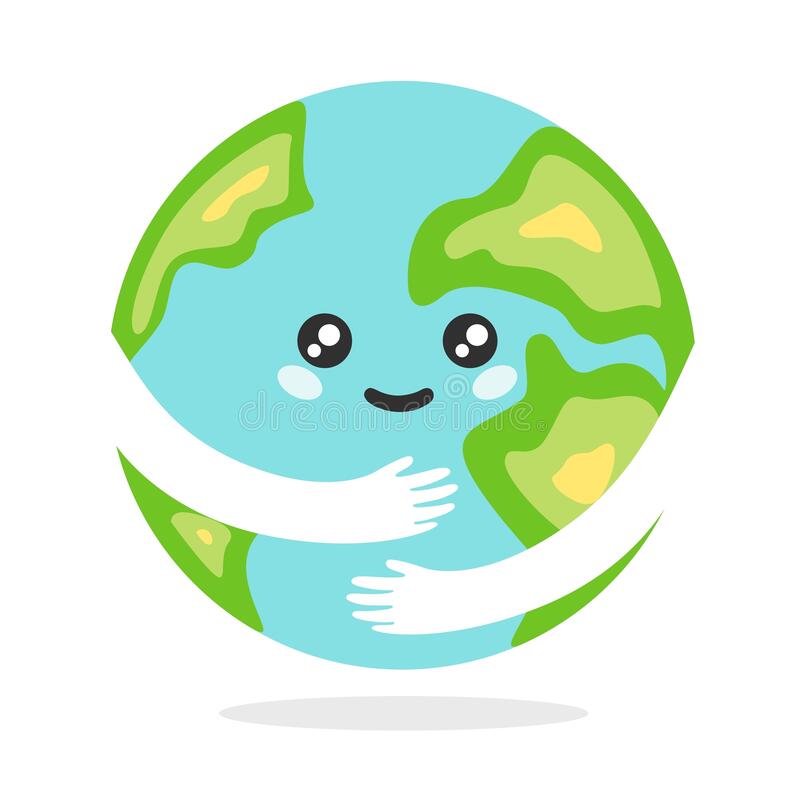The Earth is deteriorating and we need to take action
Though Earth Day occurred almost a month ago, Earth Day should be celebrated every day. Many around the world celebrated in various ways amidst one of the healthiest years the physical Earth has had the past year. Now, obviously TONS has changed since the first Earth Day back in 1970, but the message of the holiday remains the same; love your Mother Earth with any and everything you can possibly do. Now, without further ado, let me give you a synopsis of what I consider to be the most wonderful time of the year; Earth Day.
Earth Day, as previously mentioned, first began back in 1970 when it was declared a national holiday. The rise in concern for the state of the Earth dated back to the decades leading up to the grand Earth Day birthday in 1970 when people realized how quickly they were using up fuel for their very inefficient (and in my opinion, ugly) automobiles. On top of this, industry in the nation was booming, but at the cost of a clean air and water source, clean atmosphere, and overall healthy planet. It was not until the mid 1900s that the tree hugger generation really became woke to the toxic relationship between us and our environment (and trust me, WE were the gaslighting indie boys in this toxic relationship). A senator named Gaylord Nelson (or as I refer to him as the King of Earth Day) really served as the voice of environmentalism and advocacy for a national holiday celebrating our Earth. Eventually, the small idea would turn into a long running campaign and national holiday recruiting tons of Americans to take part in the festivities.
So now that we know the history behind Earth Day, let’s explore how badly we harm our Mother beginning with my least favorite; plastic waste. According to National Geographic, plastic waste has created roughly 8.3 billion metric tons of unnecessary and harmful waste throughout our oceans as of 2017 and that number just continues to grow as years progress. Many large manufacturers throw an abundance of plastic into their packaging, contributing to this issue. On top of this, plastic bags have also caused controversy when it comes to plastic waste. As a matter of fact, the average American family takes home almost 1,500 plastic shopping bags a year. According to Waste Management, only 1 percent of plastic bags are returned for recycling. That means that the average family only recycles 15 bags a year; the rest end up in landfills or as litter. It is only estimated that a total of 9% of all bags that are used end up being recycled. That means the remainder of that plastic ends up in landfills and our bodies of water. Plastic in landfills takes anywhere from 10 to 100 years to break down in a landfill. The plastic that makes it to our oceans is killing off our reefs and other natural biomes while also harming and even killing off various species of sea animals. So maybe next time you are using that one simple plastic bag just to toss out after, think about how each of those little bags adds up to create a huge impact.
Another less commonly addressed source of pollution comes from the clothing industry. Sure, we all enjoy having a fresh fit, but is that “I <3 Hot Moms” tee and those ripped jeans worth the damage they do to our Earth? The production of fashion makes up roughly 10% of the world’s carbon emissions. That is A LOT. To think of all the resources, water, fibers, etc. are involved in making one simple shirt is rather disappointing. On top of this, 85% of textiles that are left from making that “dope tee” end up in a landfill. That is not “dope” if you ask me. And what happens to that totally not overrated Hot Moms shirt when you get made fun of enough within the next year? Well it is estimated that 84% of clothes end up either in landfills or incinerated and we get to breathe those yummy toxins into our lungs (RoadRunnerwm.com). So enough with the negative, let’s address some solutions to this, shall we?
As many of the self proclaimed “indie teens” have discovered, thrift stores are an amazing outlet not only for cheap and unique clothing, but also for saving clothing waste and reusing what we already have made. Another alternative if you don’t feel like popping into the Boy’s Ranch for whatever reason, is to simply do your research. Many large clothing corporations have shifted to more sustainable manufacturing practices such as TenTree with their sustainable clothing, Gap with their newly launched sustainability line, and Patagonia who accepts old pieces and revamps them to sell. There are also more companies that sell sustainably made products and also donate proceeds to sustainability and climate change research, if you’re feeling extra fancy. Yes, shopping sustainably may be a bit pricier and a bit more of a hassle, but hey, at least we would still have an Earth if we all choose the sustainable way by the time the class of 2030 graduates right?!
So in conclusion, love your Mother, donate, don't throw away, hug a tree, reduce, reuse, recycle, and for Pete's sake, just be a good human.
Your donation will support the student journalists of Fargo North High School. Your contribution will allow us to resume physical printing of our newspaper for students at Fargo North!



